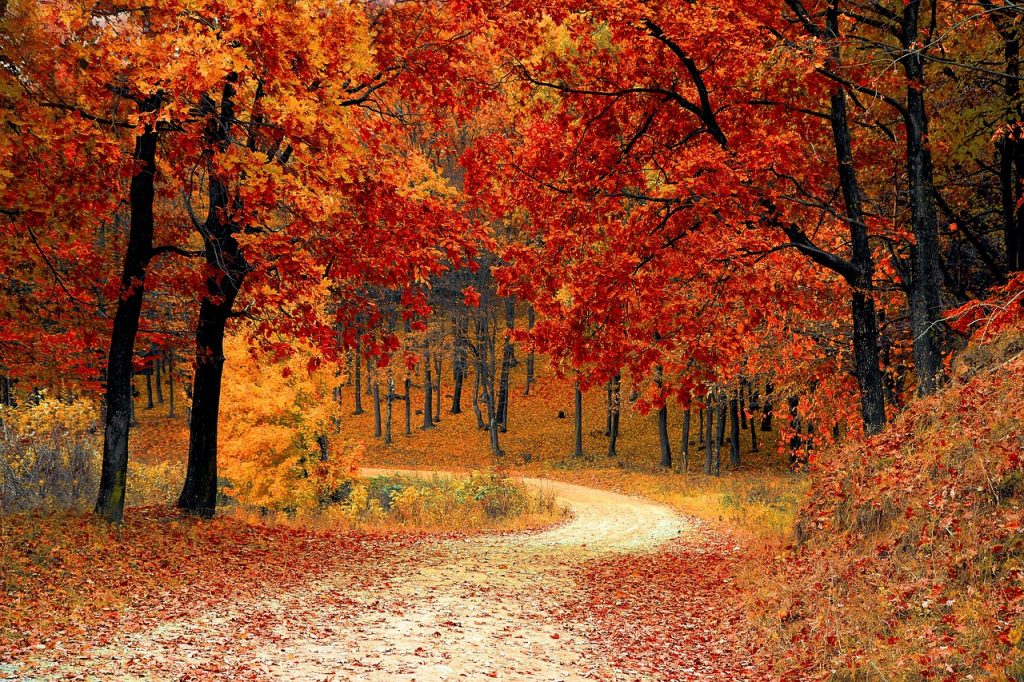The Mighty Green Guardians: 15 Ways Trees Combat Climate Change and Nurture Society

Trees are nature’s superheroes, silently working to combat climate change while providing immense benefits to people and society. These green guardians play a vital role in mitigating the effects of global warming, improving air quality, and offering spaces of serenity and mental well-being. In this article, we’ll delve into the fascinating ways trees fight climate change, explore the numerous benefits they bestow upon society, and discover how we can all contribute to their preservation. So, let’s embark on a journey through the enchanted forest of tree wonders!
Carbon Capture and Storage
Trees are champions in the battle against climate change, acting as natural carbon capture and storage systems. Through the process of photosynthesis, trees absorb carbon dioxide (CO2) from the atmosphere, converting it into oxygen and glucose. According to the Food and Agriculture Organization (FAO), a single mature tree can absorb up to 22 kilograms of CO2 annually.
Cooling Effect
Shade provided by trees helps reduce urban heat islands, where cities experience significantly higher temperatures than surrounding rural areas. Trees lower the temperature through a process called transpiration, where they release water vapor, providing a natural and refreshing cooling effect.
Air Quality Improvement
Trees act as filters, absorbing pollutants from the air and improving its quality. According to research from the Nature Conservancy, urban trees remove more than 711,000 tons of air pollution in the United States alone each year, contributing to healthier lungs and cleaner skies.
Soil Erosion Prevention
The roots of trees hold soil in place, preventing erosion caused by wind and water. Forests act as crucial buffers against landslides and flooding, safeguarding communities from the ravages of natural disasters.
Biodiversity Support
Forests are vibrant ecosystems that provide habitat and sustenance for countless plant and animal species. The conservation of forests and trees is vital in safeguarding biodiversity, ensuring the balance and resilience of our planet’s delicate web of life.
Water Regulation
Trees play a crucial role in water regulation, reducing the risk of floods and droughts. Their roots act as natural sponges, absorbing and storing water, gradually releasing it to replenish groundwater and maintain healthy river systems.
Renewable Resource
Wood from sustainably managed forests serves as a renewable resource, providing materials for construction, furniture, and various everyday products. Opting for responsibly sourced wood helps reduce the demand for non-renewable materials.
Economic Benefits
Apart from their ecological significance, trees offer economic benefits to communities. Urban green spaces and well-maintained parks increase property values, enhance tourism, and boost local economies.
Mental Health and Well-Being
Spending time amidst trees and green spaces has been linked to reduced stress, anxiety, and improved overall mental health. The Japanese practice of “forest bathing” or shinrin-yoku exemplifies the therapeutic benefits of immersing oneself in nature.
Serenity and Inspiration
The tranquility and beauty of trees have inspired artists, writers, and thinkers for centuries. From ancient poets to modern painters, trees have served as symbols of wisdom, growth, and resilience, enriching human culture and imagination.
Community Bonding
Parks and green spaces act as gathering spots for communities, fostering social connections and providing spaces for recreation, sports, and cultural events. They serve as hubs for people to come together and create a sense of belonging.
Urban Noise Reduction
Trees also function as natural sound barriers, reducing noise pollution in urban environments. Their leaves and branches absorb and deflect sound, creating a more peaceful and pleasant living environment.
Energy Conservation
Strategically placed trees around buildings can act as natural windbreaks, reducing wind chill and lowering heating costs during winter. Similarly, they provide shade in summer, leading to reduced air conditioning needs.
Oxygen Production
Photosynthesis not only captures carbon dioxide but also releases oxygen into the atmosphere. Approximately one acre of trees can produce enough oxygen to sustain 18 people daily.
Climate Change Resilience
Forests and trees enhance ecosystem resilience against the impacts of climate change. They buffer against extreme weather events, provide shelter for wildlife, and contribute to the overall ecological stability of our planet.
Trees are not just silent observers of nature; they are active participants in the fight against climate change while nurturing people and society in numerous ways. As we celebrate the marvels of these green guardians, let’s remember our collective responsibility to preserve and protect them for future generations. By supporting reforestation efforts, practicing sustainable forestry, and embracing green spaces, we can all play our part in cultivating a harmonious relationship with nature. So, let’s join hands and cherish the mighty green embrace of our beloved tree guardians!





